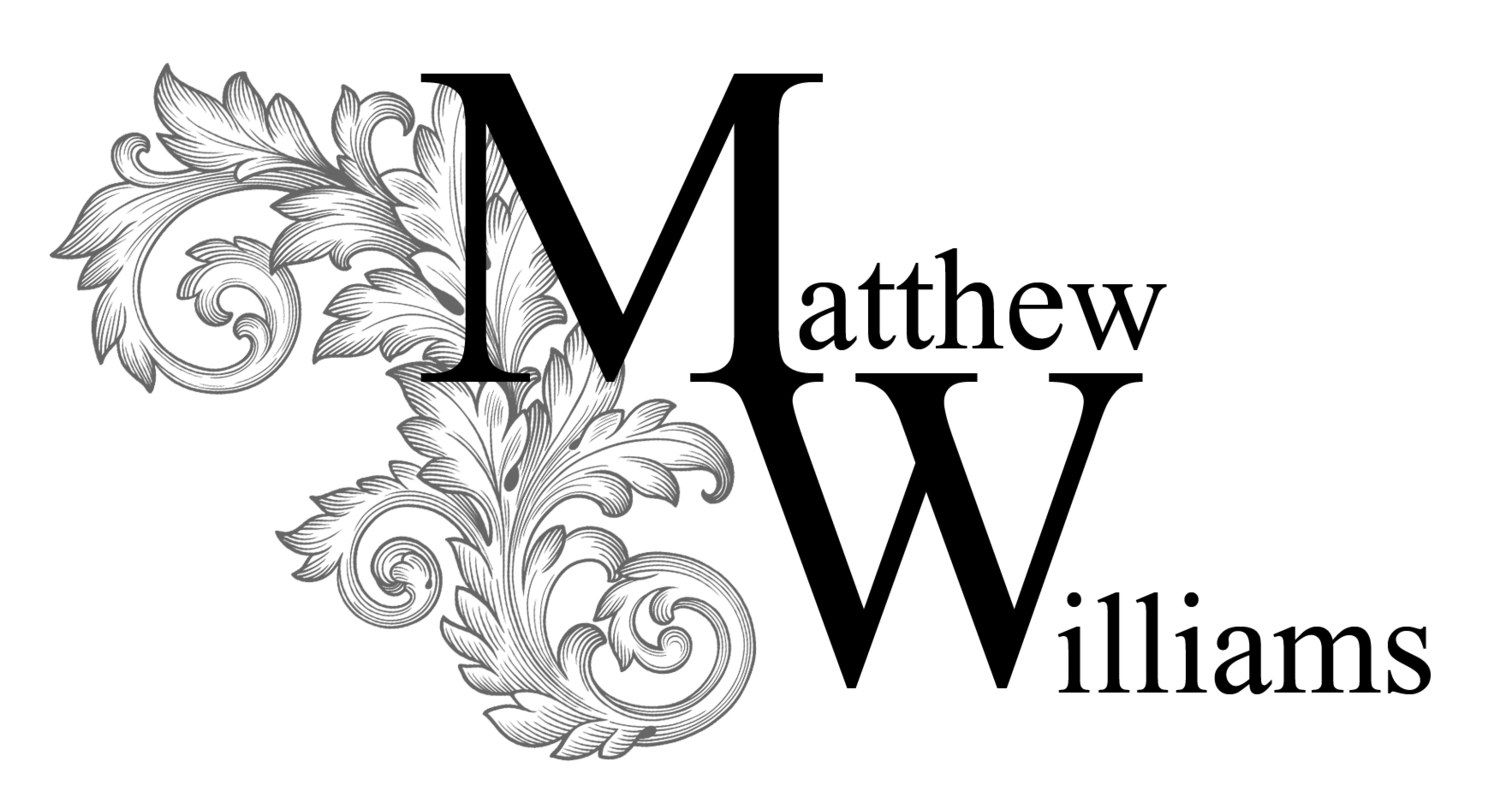Other Lectures
Castell Coch - A Wagnerian fantasy in Wales
Castell Coch – translating from the Welsh as the ‘Red Castle’, sits on a wooded hillside overlooking the Taff valley, about five miles from Cardiff. Looking as if it has been mysteriously wafted from the Rhine or the Loire, it was originally built as a medieval fortress. However, the castle was ‘all in ruin’ by the Tudor period, and over the next few centuries it was regarded merely as a picturesque spot, ideal for excursions and picnics.
In 1871, the owner of the ruin, the 3rd Marquess of Bute, a fabulously wealthy antiquarian, asked his architect William Burges, to examine the site with a view to restoring it. Burges, another medievalist, proposed transforming the ruin into a habitable castle, writing to Lord Bute that it might be used ‘for your occasional occupation in the summer’. By 1875 work began, and by 1880 it was structurally complete, with work beginning on the lavish and colourful interiors.
This lecture discusses the colourful history of the castle and its owners.
Grandeur & Scandal - The story of Tredegar House
Tredegar House, near Newport in Monmouthshire, is the most recent county house to have been acquired by the National Trust. Built around 1674 for the Morgan family, it was for many years arguably the most splendid residence in the Principality. A relatively plain brick façade conceals seventeenth century interiors of surprising opulence, many of which survive intact.
The lecture tells the story of the house; although it is the Morgan family themselves who prove to be the most fascinating part of Tredegar’s history. Made wealthy by the burgeoning industries of south Wales during the nineteenth century, by 1900 the name of the Viscounts Tredegar was some associated with duty and service to the local community. Thirty years later, the name was synonymous with scandal and vice.
The story of Tredegar House is a story of aristocratic decline in a fast-changing world, making the house’s very survival all the more remarkable.
Mount Stuart - A Gothic Palace in Scotland
Mount Stuart, on the Isle of Bute, is one of the most extraordinary Victorian houses in Britain. Still owned by the Marquesses of Bute, the present Gothic Revival structure replaced an early Georgian house which was destroyed by fire in 1877. It was rebuilt by John Patrick Crichton-Stuart; the 3rd Marquess of Bute and one of the world’s wealthiest men, on a much larger scale, providing a stunning background to the magnificent Bute collection of Art.
Despite its medieval style, Mount Stuart was built with central heating, had the first heated indoor swimming pool in the country, was the first private house in Scotland to be lit with electric light, and even had passenger lift installed by the 1890s. The lecture tells how this remarkable house came to be created during the 1880s, how it was once almost demolished and how its restoration continues to be an on-going project.
Matthew Williams has known the house intimately for over twenty five years, both as a guest and as a researcher and brings real ‘behind the scenes’ knowledge to the lecture.
'Pipes, Bogs, Baths & Smells' - Technology in Country Houses
Today we take it for granted that we have hot water, electric light and heat at the touch of a switch. Our ancestors were not so lucky and it was only the inventiveness of the Victorian age that gradually began to introduce these comforts into our homes. The lecture explores how these developments came about, and looks at some of the extraordinary, sometimes downright dangerous early versions of today’s domestic comforts.
Why did the upper classes dislike gas lighting?
Who invented the flushing loo?
Where was the first heated indoor swimming pool in Britain?
When were baths first ‘plumbed in?
Find out the answers to these questions in ‘Pipes, Bogs, baths and Smells!!
The Victorian Aesthetic Movement
This lecture examines a short but influential aspect of Victorian design. During the later 1870s and 1880s, fashionable Society became fascinated with aestheticism – or the appreciation and importance of beauty. Beauty in the home now became of paramount importance - as was your costume and even the way you moved and spoke.
The Aesthetic Movement was much associated with Oscar Wilde as well as with the artist James Whistler, the architect E W Godwin and the designer Dr Christopher Dresser whose ideas drew inspiration from the Far East, and had a lasting effect of early twentieth century design. The ‘Aesthetes’ attracted derision from the start, earning both the disapproval of Queen Victoria and the satire of Gilbert and Sullivan.
The Victorian Country House
The large number of country houses built in Britain between 1837 and 1901 were often the result of huge changes that swept society during Victoria’s long reign. Many were built on the profits of the new industries, enabling manufacturers and merchants to achieve instant landed respectability.
The newly-built railways allowed easy access to the countryside from the city, and houses might now be built for ‘week-end’ parties, allowing their owners to entertain in style before retreating to their warehouses, offices or factories by Monday morning. ‘New’ money also incorporated new technology such as gas and electric light, plumbing and house telephones into these new houses. Despite this, a combination of wars, high taxation, lack of servants and changes of taste made many of these houses redundant by the mid-twentieth century.
Victorian country houses came in bewildering number of different styles, to suit all tastes and incomes, and although many have since disappeared, their story makes this a most interesting lecture topic.








